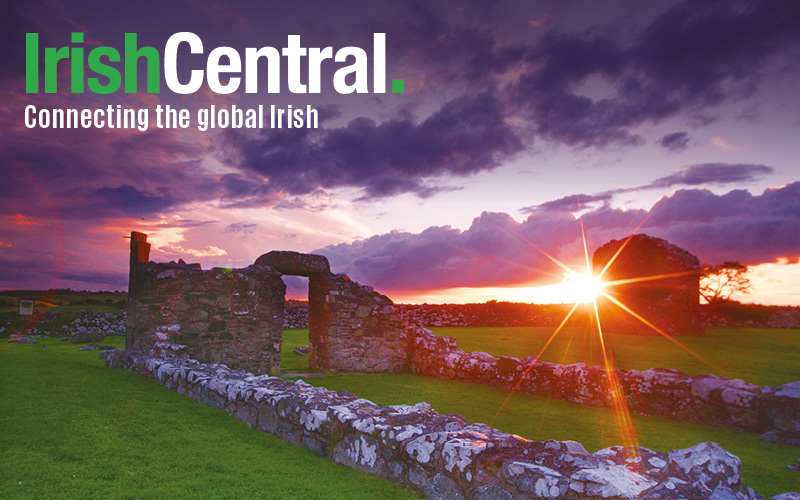Findmypast is working in partnership with IrishCentral to share fascinating insights into your Irish ancestors. Click here to get a special half price subscription, and discover your Irish roots today!
O'Brien is one of the most common Irish surnames. Those who carry the name descend from one of the most famous Irish historical figures, Brian Bóroimhe of the Dal Cais, High King of Ireland, better known to history as Brian Boru, vanquisher of the Vikings at the Battle of Clontarf in 1014. His legendary status has grown over the millennium since this event, but what is really known about him? And what of his descendants the O'Briens?
Well Brian was part of the ruling house of the Dal gCais tribe, who controlled much of modern County Clare (historic Thomond). His elder brother, Mathgamain, expanded the tribe's power to the point they became kings of Munster. But his rise produced bitter enemies and he was murdered by the former King of Munster, Máel Muad mac Brain (ancestor of the O’Mahoneys) with his chief ally Donnubán mac Cathail (ancestor of the O'Donovans) in alliance with the men of Limerick, a Viking town. Brian succeeded his brother in 976 and systematically defeated his enemies, killing Máel Muad and Donnubán, and driving the men of Limerick and Donnubán’s supporters out of Limerick altogether. Brian went on to become King of Munster. Through careful alliances and exemplary actions he managed to gain the overlordship of Leinster in 996, but had to contend with an almost immediate rebellion by his appointee as King of Leinster, Máel Mórda mac Murchada, with his ally King Sigtrygg Silkbeard of Dublin. Brian suppressed the rebellion, but allowed Sigtrygg and Máel Mórda to stay as his vassals. This gave him space to focus on the King of Meath and his allies in Connaught. Brian’s mastery of the Shannon meant he was able to split these forces and defeat them both. In a classic political stroke he won Ulster by donating money to the monastery of Armagh and stating that Armagh was the religious capital of Ireland. In return Armagh declared that Brian was Emperor of the Irish in 1005.
It was an extraordinary achievement by any standards, but did not last long. His vassal, Máel Mórda, king of Leinster rose in rebellion again in 1012 with the support of Sigtrygg of Dublin. They were not able to muster much support within Ireland so they sought allies abroad to supply mercenaries, which came from the Orkneys, the Isle of Mann and other Viking territories. The rebellion came to a head in the great battle of Clontarf in 1014. Legend remembers it as the battle between Irish and invading Vikings, but the truth is that Vikings fought on both sides, and the rebels were lead by an Irish provincial king, Máel Mórda of Leinster. The battle itself was a victory of a sort. The rebellion was defeated, but at huge cost. Several of Brian’s family and leading supporters were killed, as was Brian himself. The High Kingship of the Dal gCais was left in tatters, and they were never again to be High Kings of Ireland. By contrast, the “looser” Sigtrygg remained King of Dublin for another 20 years. Brian was buried in Armagh.
Thereafter the descendants of Brian, known as the O’Briens, remained the uncontested rulers of County Clare, as Kings of Thomond after the Norman invasion, and as Earls of Thomond after they submitted to English authority in the 16th century.
There are over 40,000 records relating to the O’Brien’s in County Clare ready to be explored on findmypast.
For more stories on tracing your Irish heritage from findmypast click here.




Comments